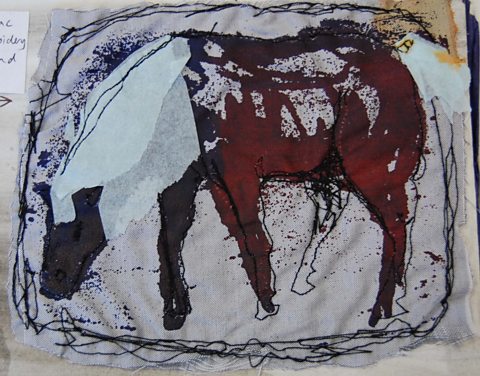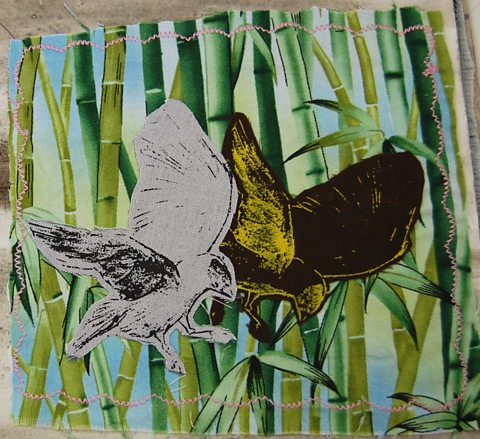Printing techniques


Printing allows an image to be accurately reproduced a number of times. This process developed to enable mass producedAn item made in large numbers using factory production methods. of information and images (magazines, posters, fine art pictures), along with the ability to print repeated patterns for fabrics and wallpapers.
Printing techniques include:
- silkscreen printing
- block printing
- monoprinting
- etching
Each printing technique involves specific mediumThe material used to create a piece of art or design, eg pencil, watercolour or ceramic. Media is the plural. and material; for example silkscreen designs can be printed onto fabric or paper using an acrylicA paint or ink made from a mix of pigment and a fast-drying liquid plastic ink, and block printing is used in a similar manner.
It is worth experimenting with different techniques and surfaces. For example:
- combine different printing techniques in the same piece
- print onto different textures and colours of paper, board or fabric
- try placing your prints onto contrasting, patterned backgrounds, other images or text
- to further develop your work, you could draw or paint into your prints
- attach textiles and other materials and objects to add texture and variety